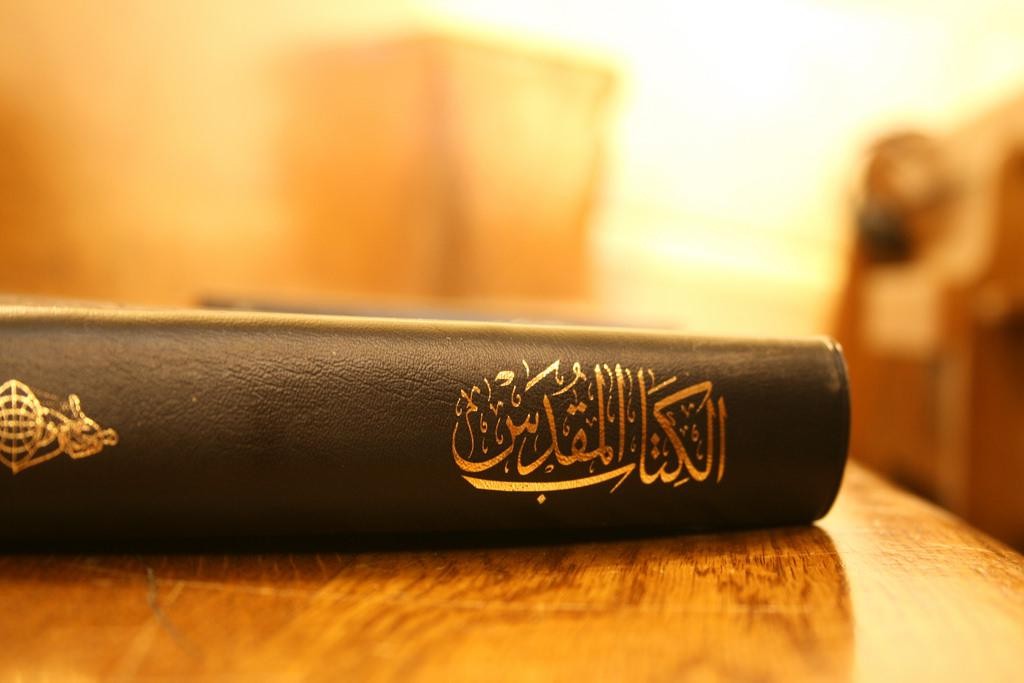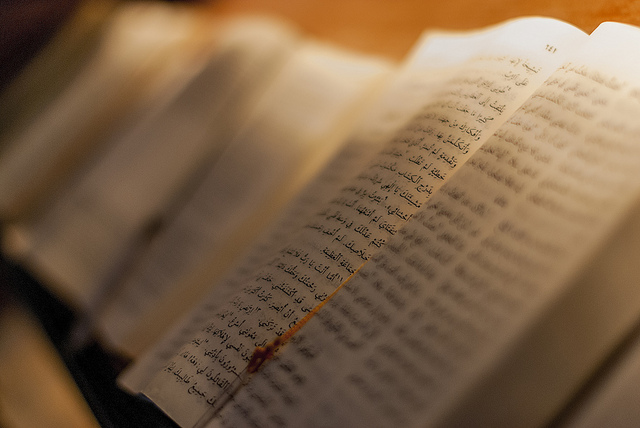Translation is art and it’s probably one of the most difficult of all literary undertakings. Even in these modern days when digital dictionaries and all kinds of translation programs are just a click away, the task of translators is quite the challenge. They have to transfer the author’s thoughts in the most original and authentic way possible while keeping in mind the cultural differences between the countries of the original and the target language. Translators have a specifically hard job when the texts contain fragile content, such as religious texts. It’s their job to be very careful with the choice of words and the use of literary conceptions, especially when it comes to this kind of texts.

The Holy Bible is the most translated book in the history of humankind. It has been translated not only into the known languages of today, but also into ancient Greek, Latin and Aramaic, one of the languages used in the books of Daniel and Ezra in the Bible. It’s obvious that the first written versions of the Bible were in spoken language, without vowels or accents that are often-times used in the written Hebrew language. This means that they wrote what they heard and that definitely had to be changed once the first translation took place in Alexandria, Egypt in the 3rd century B.C.E.
They first translated the Torah, but they later translated all the other books into old Greek for the purposes of the Greek speaking Jewish Community who lived in Alexandria. Scholars think that the first translations of the Bible were crucial for the meaning of the text we are familiar with today, because it was very hard to find people who spoke two or more languages perfectly back in that time. It’s also a popular opinion that with the enormous amount of translations that took place during all these centuries, some of the content in the Bible has been almost drastically changed from its original form. Nevertheless, that doesn’t mean that the translations were not good, they just wouldn’t fulfill the standards of the modern day translation.

In the modern ages however, we’re facing a different translation problem when it comes to the Bible. Now we don’t have problems with understanding the words, the grammatical structures or the orthographic rules of the target language, we’re facing a much deeper and I would say a more primitive problem – the culture. We’re often trying so hard not to offend the other culture that sometimes we even accept mistakes in order to stay politically and socially correct. I’m not saying we don’t need to respect other cultures, but we have to acknowledge that there will always be cultural differences between the countries. Therefore, instead of avoiding a debate, we should simply start accepting different points of view and not get hot-headed when someone unintentionally insults us.
That’s the example with the Arabic Bible that’s becoming really popular in countries we would definitely associate with Islam. This is all because of our close-minded points of view on the world where we think religion is a free choice, but at the same time we still let it lead our thoughts and emotions towards different cultures. That’s why we feel the need to ask the question “are there enough readers of the Arabic Bible?” The answer, without a doubt, would be “yes”. The availability of the Arabic Bible both in written and oral form played an important role in the formation of the Christian communities in the Arabic speaking world. That’s yet another example that shows the importance of language and the key role that it has when it comes to creating a cultural and religious image of one country or nation. This particular translation has become the subject of many controversies and interesting studies that has made the Christian world a bit more open-minded and ready to accept new cultures into the religion.
























